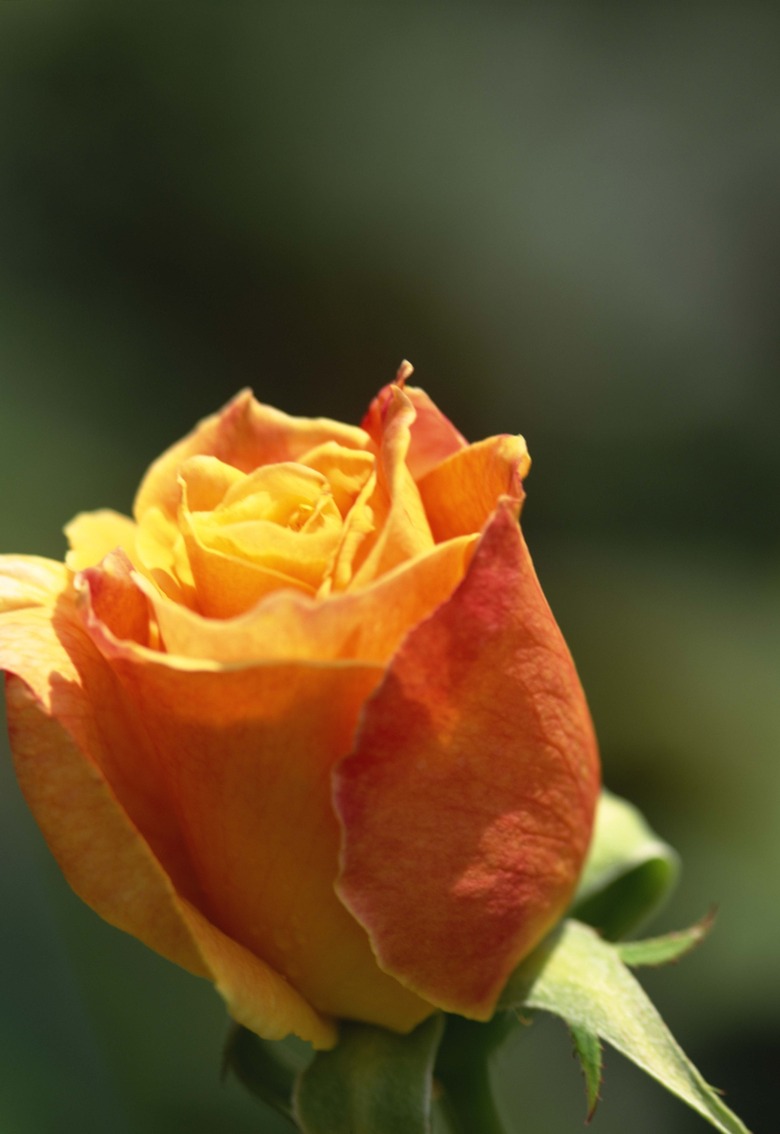Anthophyta Plants
The plant kingdom is divided into different groups called phyla. One of these phyla is the anthophyta phylum. Anthophyta plants all have certain characteristics in common with one another. The anthophyta phylum is the largest division of photosynthetic organisms. In most terrestrial ecosystems, anthophyta are the dominant plants. Most of the plants that humans use as crops or for ornamental purposes belong to this division.
Step 1
The anthophyta phylum is one of 12 phyla within the plant kingdom. There are also additional extinct plant phyla. Each phyla shares common characteristics. For instance, the coniferophyta phylum is made up of trees that do not have flowers and produce their seeds in cones. The bryophyta phylum is made up of mosses. Members of this phylum are not able to transport water inside their bodies and so tend to grow in moist conditions. They do not reproduce through seeds but create spores instead.
Step 2
- The anthophyta phylum is one of 12 phyla within the plant kingdom.
- Members of this phylum are not able to transport water inside their bodies and so tend to grow in moist conditions.
Anthophyta
Step 1
Anthophyta produce flowers and their seed is enclosed inside the ovary or fruit. The presence of flowers is the easiest way to distinguish them from other plant phyla. Though some of the flowers are large and obvious, others are smaller and more difficult to identify. The anthophyta phylum contains both woody plants, such as trees, and non-woody plants, such as garden flowers. The phylum is very diverse when it comes to life cycles, preferred climates and size.
Examples of Anthophyta
Step 1
While some anthophyta, such as garden flowers, grow on land, others, such as eel grass and water lilies, grow in water. Cacti are considered anthophyta. Many trees are also a part of this plant division. Even though oak trees are not known for their flowers, they do produce small unobtrusive ones and so are a part of this phylum, as are the more flamboyantly flowered cherry trees. Grasses are also considered anthophyta.
Step 2
- Anthophyta produce flowers and their seed is enclosed inside the ovary or fruit.
- While some anthophyta, such as garden flowers, grow on land, others, such as eel grass and water lilies, grow in water.
Anthophyta Divisions
Step 1
The anthophyta phylum is divided into two further groups called monocots and dicots. Monocots have one cotyledon, which is a part of the plant embryo within the seed of the plant where food is stored until the plant produces its leaves. Dicots have two cotyledons. Monocots tend to have petals in multiples of three, while dicots may have petals in multiples of four or five. Monocots and dicots also differ in their types of pollen structure, leaf veins, vascular bundle arrangement, root development and secondary growth.
